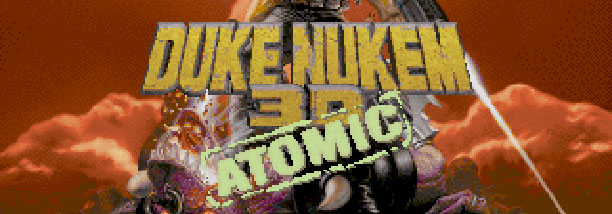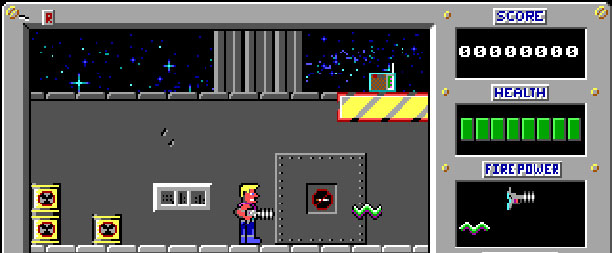
Retaining 3D Realms' Vision
BT: 3D Realms had a very distinctive sense of humour in its games. Is Gearbox going to go for the same style of humour in the finished game?Pitchford: The game you will play is the game that the guys at 3D Realms wanted to ship - this game is their vision. My first retail product as a professional game maker was developed when I moved to Texas in the mid-90s and joined 3D Realms to become part of the Duke Nukem 3D team.
So, on one hand I feel like I owe the man my career. Plus, now that I've acquired the franchise, I feel I have a history with him and an intimacy with the games and character that will help me maintain the authenticity. Fortunately, I’m not alone. We shouldn’t forget that there are a large number of people from the Duke Nukem team over the years that are now a part of Gearbox Software.
 Randy Pitchford started his game development career working on the Atomic edition of Duke Nukem 3D, so he's no stranger to the franchise
Randy Pitchford started his game development career working on the Atomic edition of Duke Nukem 3D, so he's no stranger to the franchiseBT: It seems a bit strange for a developer to be developing a game that was started by a completely different developer. What sort of work is Gearbox having to undertake in order to finish the game, and how much of the original 3D Realms code are you using?
Pitchford: We're fulfilling the vision that 3D Realms had. Fortunately, a bunch of the guys from 3D Realms are still part of the project on our 10th floor, connected up with the studio and at the centre of everything. These guys have the institutional knowledge of everything that was created at 3D Realms over the years.
One of them, Allen Blum, was the designer that created the first Duke Nukem game with Todd Replogle back in 1991. Allen worked on every 3D Realms Duke Nukem game since the first one, and is working on Duke Nukem Forever up until the moment it ships. He and the team with him have helped make sure that the game that ships is the game that's the vision of 3D Realms, and uses as much of the code and assets from the effort at 3D Realms as possible.
 Allen Blum created the original Duke Nukem DOS game in 1991, and will be working on Duke Nukem Forever until the final minute
Allen Blum created the original Duke Nukem DOS game in 1991, and will be working on Duke Nukem Forever until the final minuteBT: Given your experience of 3D Realms, we'd be interested to know why you think the game was so heavily delayed. Was it down to constant hardware changes, disorganisation or something completely different?
Pitchford: There are a lot of people that have theorised about what the challenges were, and only those on the inside during the long development process can know for sure. I do know that there were a lot of really dedicated and talented people who were very passionate about the game that were working on it non-stop - these guys were smart and experienced, and wanted very much to deliver and succeed.
I think that if there were some simple things that they could’ve done differently in order to have the outcome they wanted, they would’ve been able to adapt and do that. So, what that tells me is that the challenges were probably very complex and there was probably more than one.
Duke Nukem Forever is definitely an edge case, and as an edge case it’s probably not worth analysing the hell out of it. I’m just grateful that my studio happened to be in the position it was to help, so that we could actually finally play the game that we’ve all waited so long to play.

MSI MPG Velox 100R Chassis Review
October 14 2021 | 15:04









Want to comment? Please log in.